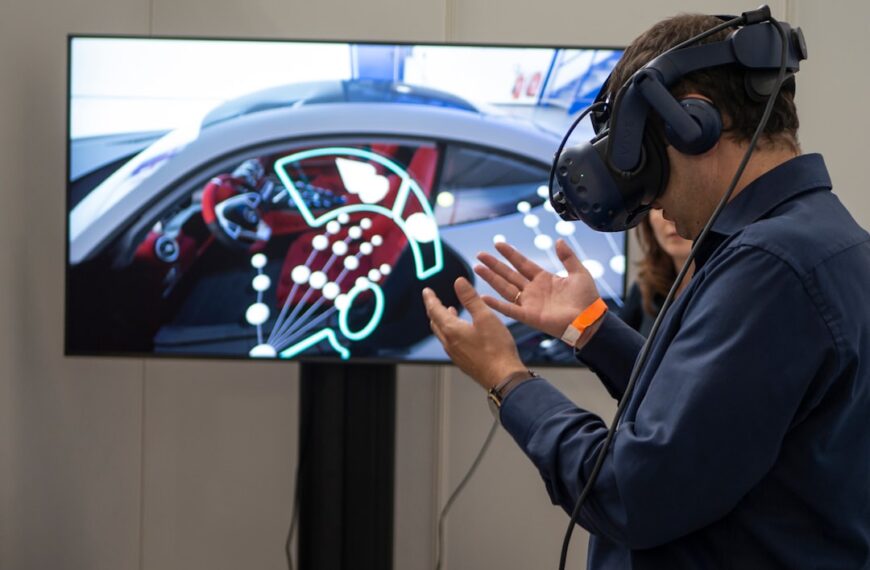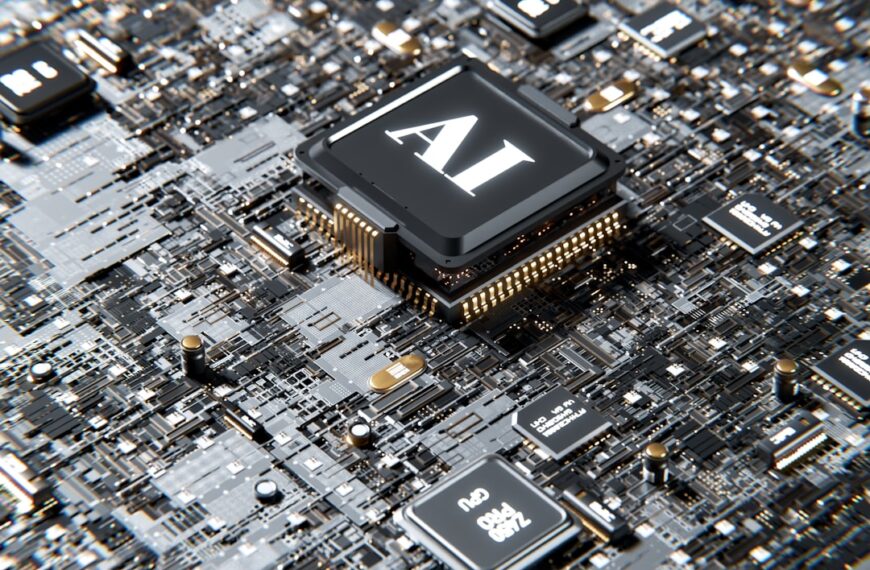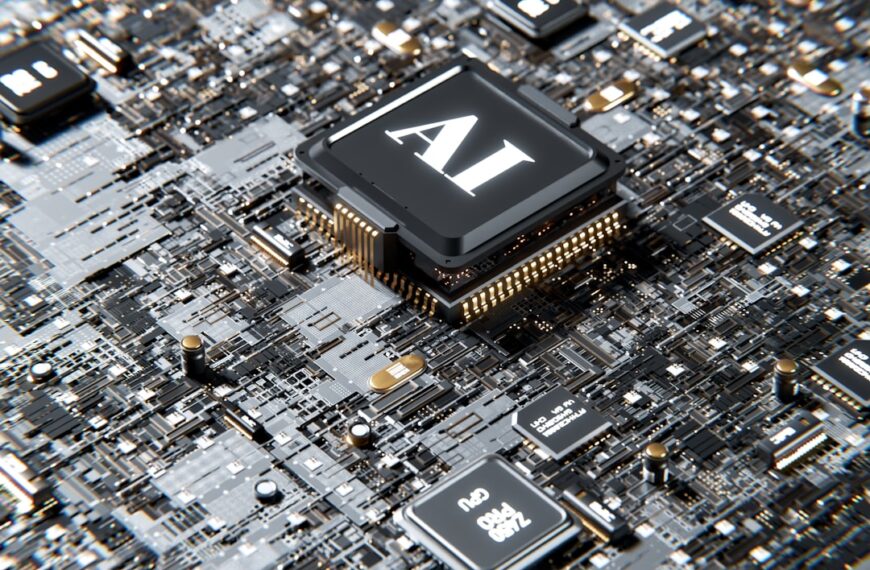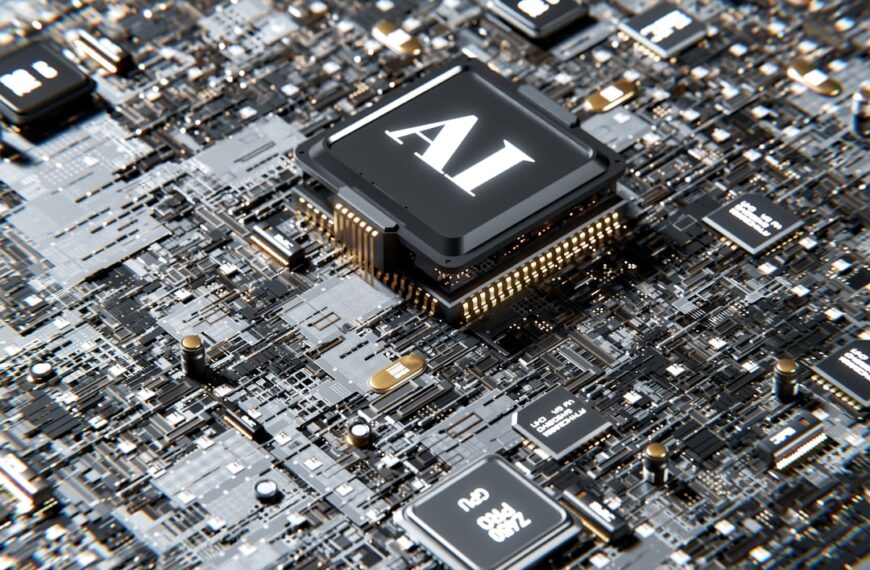The phrase “neural lace” conjures images of science fiction – a seamless interface between brain and machine, a direct line of communication bypassing the limitations of our clumsy fingers and vocal cords. While we aren’t quite at the point of uploading our consciousness into the cloud, the reality of neural interfaces is rapidly evolving, and its potential to reshape our future is breathtaking. This isn’t about robotic overlords or dystopian control; it’s about unlocking human potential in profound ways.
Imagine a world where paralysis is overcome, where prosthetic limbs move with the fluidity of natural ones, controlled by thought alone. This isn’t just a dream; research into brain-computer interfaces (BCIs) is already making this a reality. Implanted electrodes are helping individuals regain motor function, communicate effectively, and even experience a sense of touch through advanced prosthetic technology. The neural lace concept takes this a step further, envisioning a less invasive, more integrated system, perhaps even a mesh of microscopic electrodes seamlessly interwoven with the brain’s neural tissue.
The implications extend far beyond medical applications. Think about the possibilities for education: instant knowledge access, bypassing the need for laborious memorization. Consider the impact on communication: direct mental communication, transcending language barriers. Imagine a future where we can seamlessly control complex machines with our minds, enhancing our productivity and creativity in ways we can scarcely imagine.
Of course, with such powerful technology comes significant ethical considerations. Privacy concerns are paramount: how do we protect the thoughts and data streamed from our brains? Questions of accessibility and equity must be addressed: ensuring that this transformative technology isn’t available only to the privileged few. The potential for misuse, whether for surveillance or control, requires careful consideration and proactive regulation.
Developing a true “neural lace” will undoubtedly take time and considerable research. The complexities of the human brain are vast, and navigating the ethical and societal challenges will be just as crucial as the technological advancements. However, the potential benefits are so transformative that continued exploration is essential. The future being woven isn’t simply a smarter future, but a more connected, more capable, and potentially, more empathetic future – a future where the boundaries of human potential are continually redefined by the seamless integration of mind and machine.











